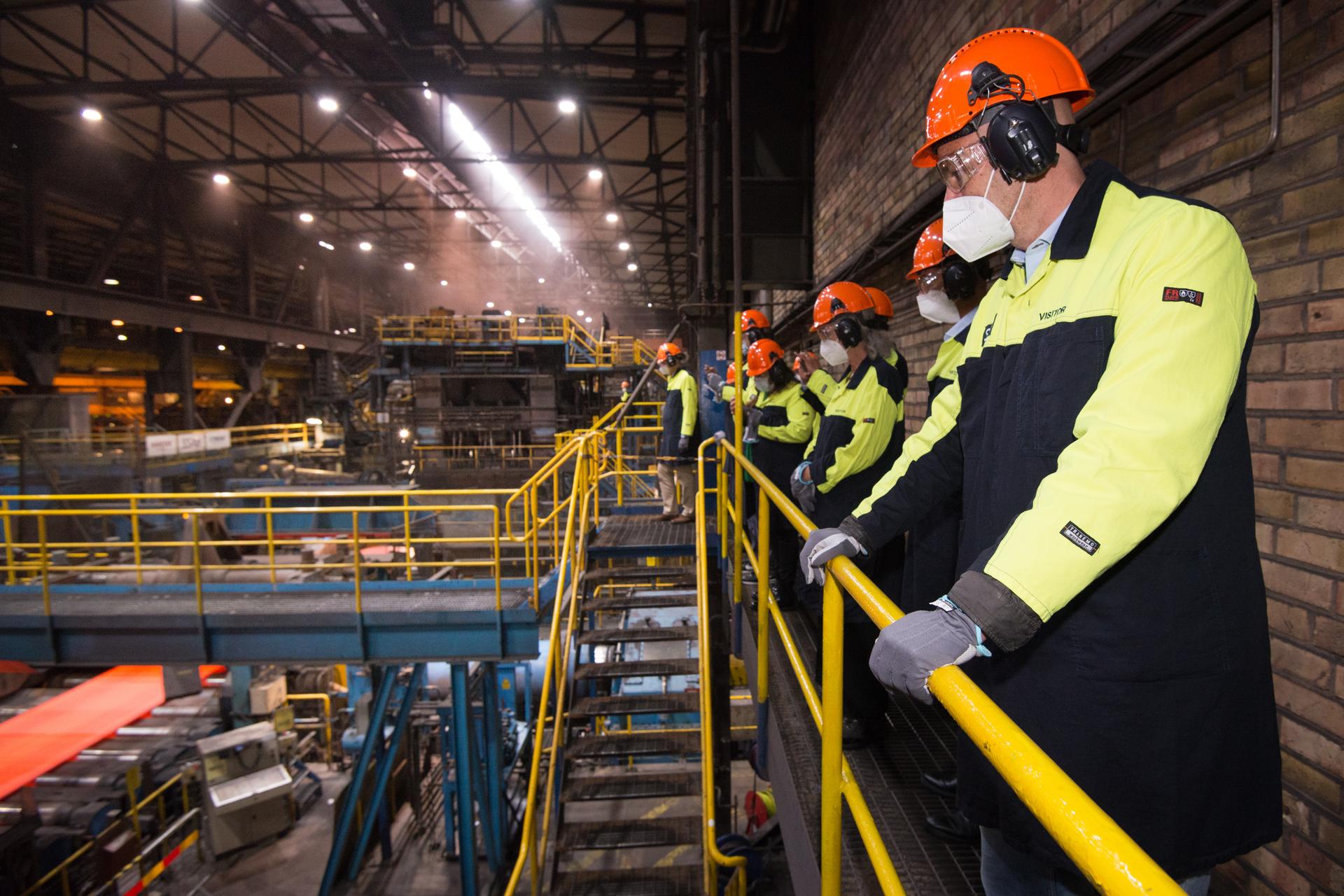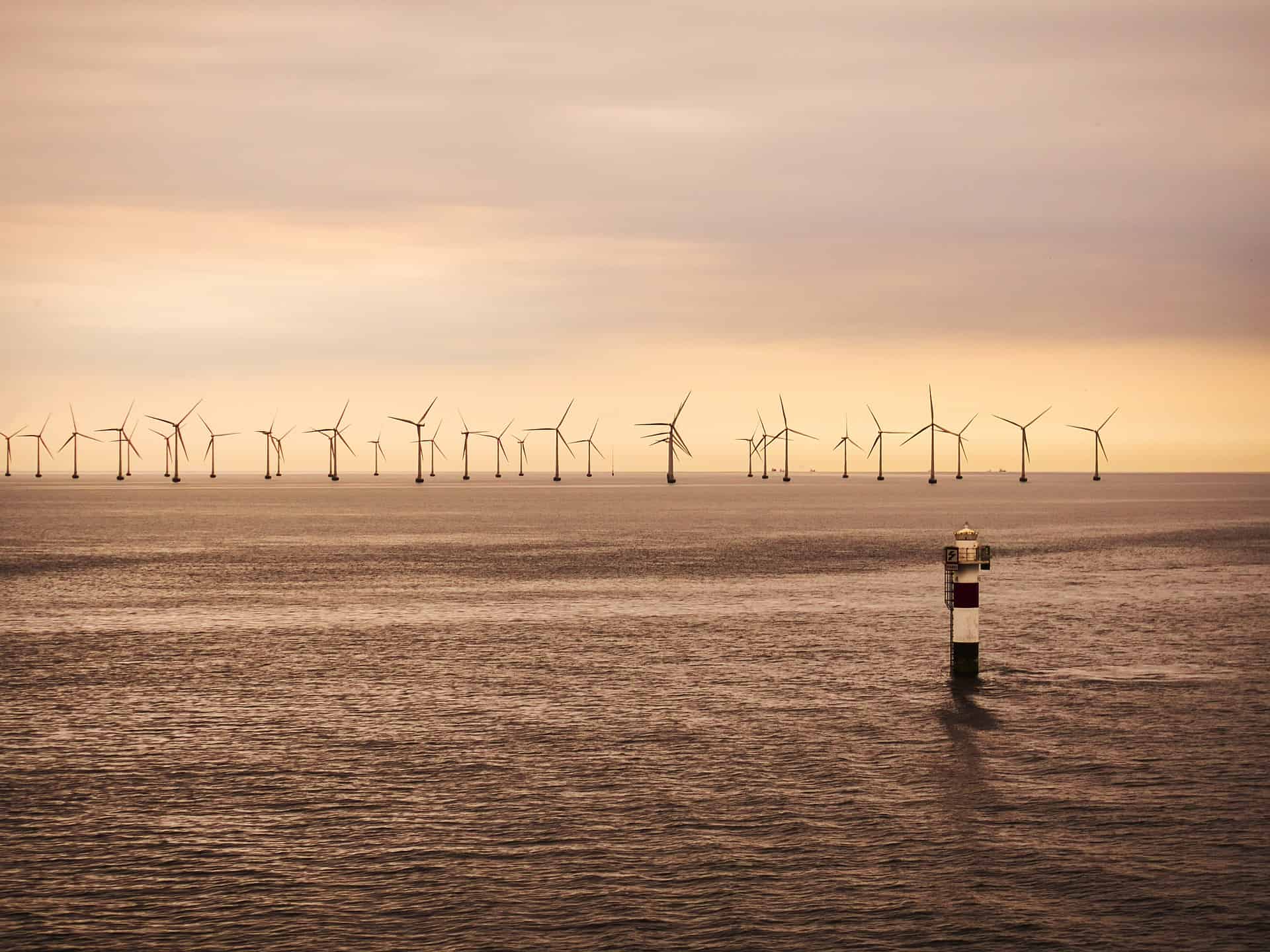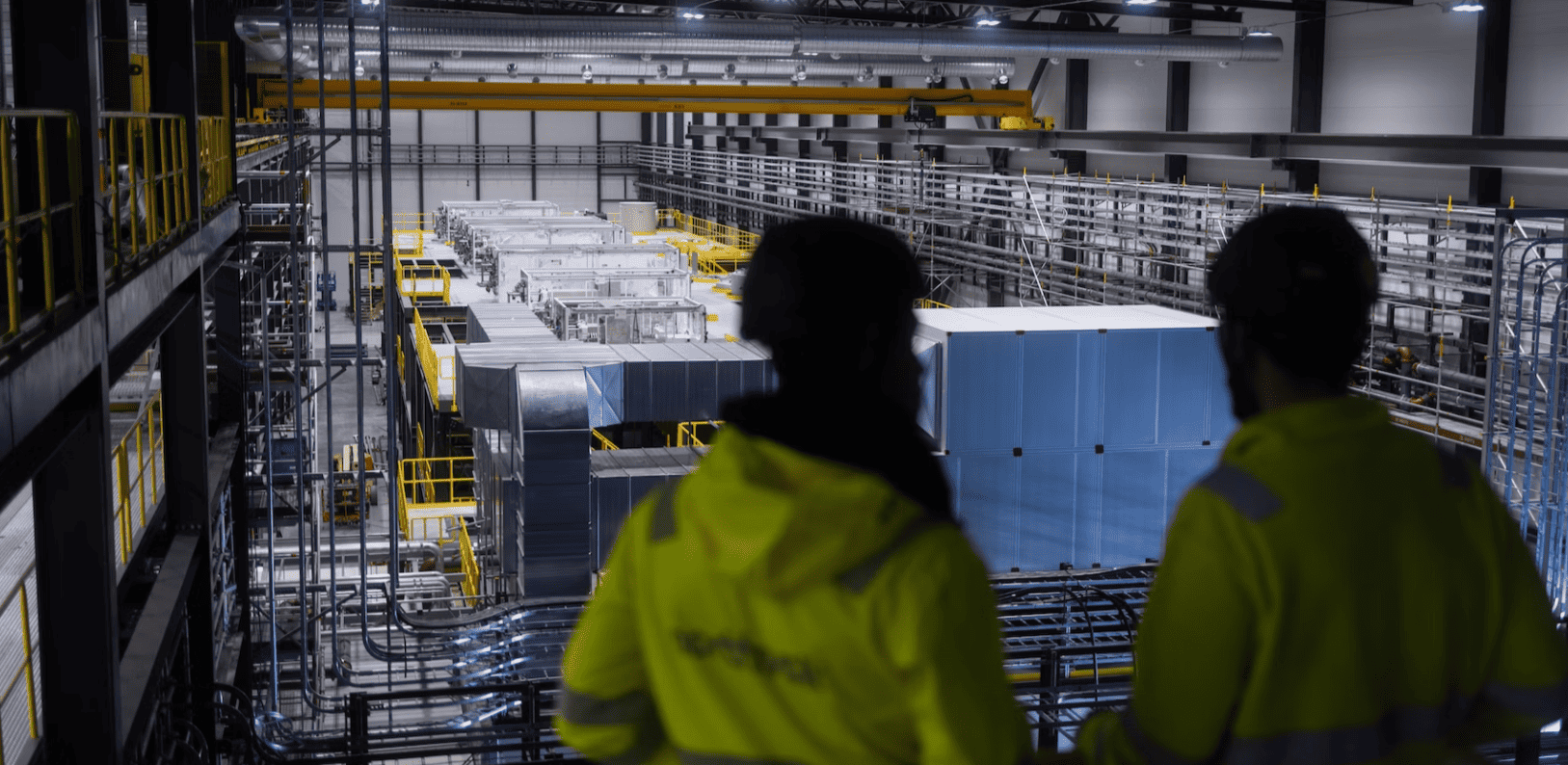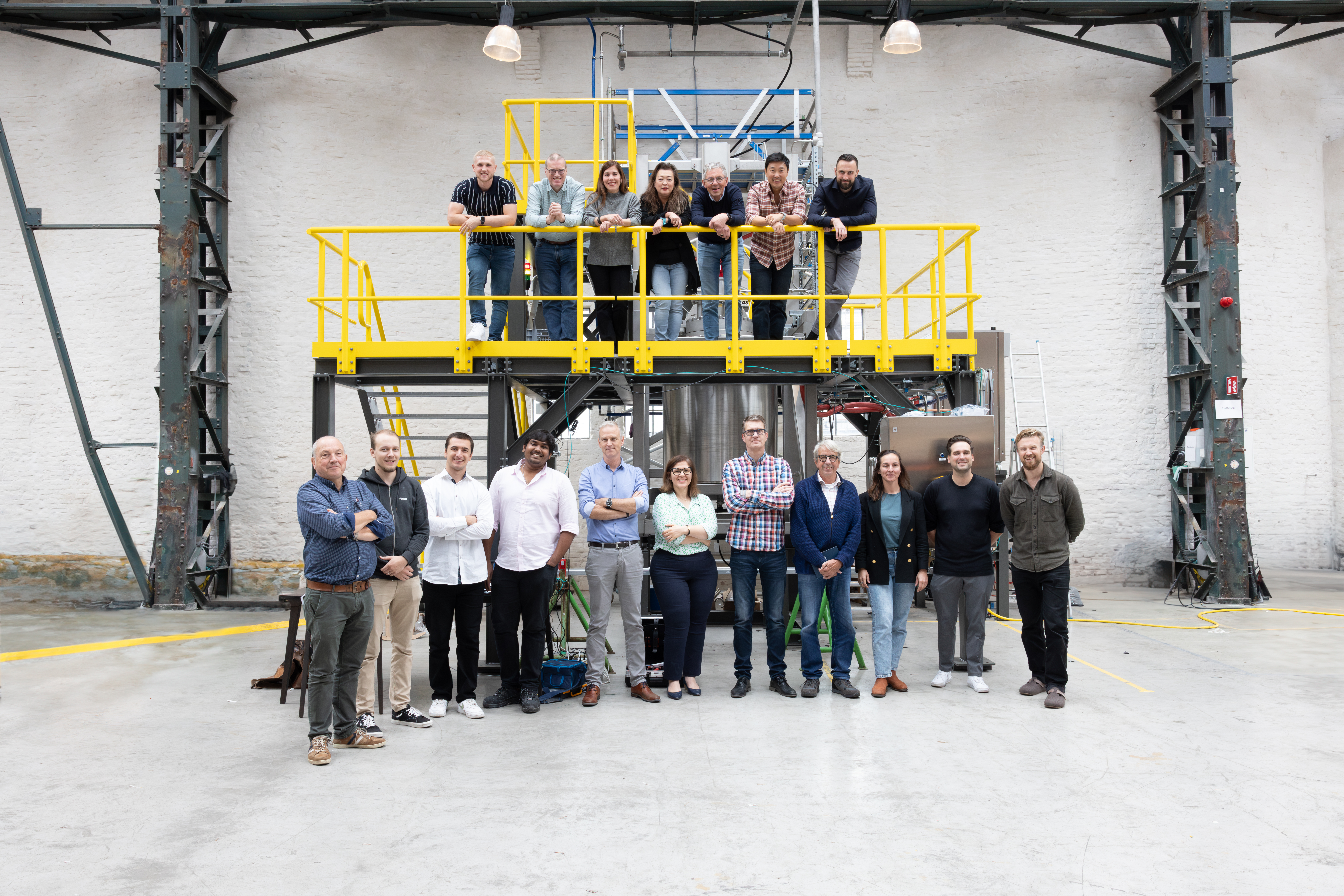
About Decarbonizing Europe
What does the Recovery and Resilience Facility entail?
Who is participating in the Recovery and Resilience Facility?
All the member states of the European Union. All member states? No, The Netherlands has not submitted plans as yet. Although, it became public knowledge at the end of January that hard work is going on behind the scenes in the Netherlands to secure some of those European billions.
What do the member states have to spend the money on?
At least 37 percent of the funding should be used for making their countries more sustainable and 20 percent for digitalization. In addition, there are also other key points:
– Smart, sustainable and inclusive growth
– Social and territorial cohesion
– Public health, economic, social, and institutional resilience
– Policy for future generations
What else is happening?
Apart from that, the EC has identified several so-called flagship areas:
– Power up
– Renovate
– Recharge and Refuel
– Connect
– Modernise
– Scale-up
– Reskill and upskill
What is Innovation Origins planning to do?
Over the next few months, we will be focusing on the implementation of these plans. We will be outlining what each country is doing to reduce CO₂ emissions, and we will be reporting on innovative projects. Infographics will allow you to compare the member states’ efforts with each other.
A crisis like the corona pandemic calls for decisive measures. The EU has freed up €723.8 billion in an effort to use the Recovery and Resilience Facility (RRF) to pull the European economy out of the recession caused by corona. In order to qualify for a share of this large bag of money, member states must submit a plan to the European Commission. In the series Decarbonizing Europe, we put those plans under a magnifying glass.
The application process in Sweden is not going as smoothly as hoped. The country had submitted a proposal amounting to 33.6 billion Swedish kronor – roughly 3.2 billion euros – in May last year, about half of which was earmarked for climate change measures. The EU had given its preliminary approval to the recovery plan. Yet the Swedes are still in limbo. Will the money really ever materialize?
“Sweden is, um, a bit slow,” concurs Jens Matthiesen, a Swedish EU representative. “It’s quite reassuring for us that the Netherlands is still lagging behind us.” The other queue of countries that have not yet seen their applications granted includes Poland, Hungary and Bulgaria – not a company that Sweden would readily want to be mentioned in the same breath with.
Back and forth
What is causing the delay for Sweden and why is it going back and forth? Well, let’s start at the beginning. The plan submitted to the EU in May 2021 was based on five themes. First: green recovery, education and the transition from education to work. Addressing “demographic challenges” (read: the aging population) and expanding the digitalization of governments, and investing in “housing and growth” were the other themes.
The Swedish plan was wholly in line with the European aspirations. The projects were also consistent with six of the seven key tasks that the EU had highlighted for the recovery fund.
At least 40 percent of the budget was directly tied to investment in climate measures and 24 percent to the digital transition, fully in accordance with the requirements of the Recovery and Resilience Facility.
The accent was placed on the “green transition” for which 16.3 billion Swedish kronor has been budgeted. Sweden, the government noted, ‘has a more ambitious target for cutting down on greenhouse gas emissions than the EU as a whole, especially where domestic transport is concerned.’
Environmental impact
Among the forms of reform and investment proposed under the recovery fund were ‘the elimination of tax rebates on heating fuels in industry, agriculture, forestry and aquaculture.’ Also included in the package was a ‘strengthened and simplified environmental management in the bonus-malus system for light vehicles’, and ‘bolstering the switching of fuel’. The Swedish plan also provided for ‘local and regional climate investments, including in railroads’, and ‘support for the energy efficiency of apartment buildings’.
Furthermore, the entire recovery plan had been evaluated for its environmental impact, not just those parts that fell directly under the ‘green transition’ heading. According to the government site, “all the schemes covered by the recovery plan had been scrutinized to ensure that none of the plans cause significant damage to the environment.”
All measures included in the Swedish recovery plan were measures that were also part of the government’s budget for 2020 and 2021. In short, Sweden had looked for items in its budget that matched the aspirations of the EU’s corona recovery fund. The country had hoped to receive financial support from Brussels for those budget items.

But then the country was plunged into a political crisis. The previous Social Democratic Prime Minister Stefan Löfven was ousted by a vote of no confidence. A new center-left coalition government, led by Magdalena Andersson, took office. Except that it turned out that there wasn’t a majority in parliament for the government’s budget. Instead, the budget of the (center-right) opposition was adopted in the Riksdag, the Swedish House of Representatives.
That budget is nowhere near as ambitious in terms of the climate as the government’s budget that was voted down. The green transition proposals in the Swedish EU recovery plan no longer match the content of the new state budget.
For example, the opposition scrapped or scaled back efficiency measures for buildings. It also cut investment support for rental apartments and credits for forest conservation. Consequently, the government has to go back to the drawing board with the recovery plan. This third round of amendments is still in progress. Some people are beginning to wonder whether Sweden will get its act together in time to transfer any of the hoped-for 3 billion euros to the government account.
Critical
The political left, and in particular the Greens, are highly critical of the course Sweden is taking with the opposition’s budget. “The opposition parties have stripped the government budget of its ambitious climate and environmental targets, and by doing that, we are jeopardizing 34 billion kroner from the EU recovery fund,” responded Amanda Palmstierna, Greens MP. “We are not meeting the climate requirements of the European Union. It is incompetent, irresponsible and it is damaging Sweden’s reputation.”
In an opinion piece in the Swedish Aftonbladet newspaper, the Greens party leadership remarked: “You have to wonder when the opposition decided to use climate-tagged EU billions to lower the gasoline tax. Not even a one-eyed opposition can call this a climate initiative, can they?”
NextGeneration EU
The corona crisis is one of the biggest challenges of our time. The European Union, through NextGenerationEU – the largest recovery plan ever at €806.9 billion – aims to help its member states emerge stronger from the crisis. The Recovery and Resilience Facility (RRF) is at the heart of this plan (€723.8 billion).
The RRF has two goals: first, to pull the European economy out of the recession caused by the corona pandemic. At the same time, it is designed to give an impetus to important investments for the future and measures for rolling out reforms.
All 27 member states have submitted plans. Whether all the money is actually disbursed depends on a final assessment of the projects. For example, countries must spend at least 37 percent of their budgets on climate action and 20 percent on digitalization.
Plus: “For us Greens, it goes without saying. Continuing to subsidize fossil fuels is the wrong way to go in the midst of a climate crisis. Instead, we must invest in practices that help the climate move forward.”
At the moment, the politicians are still arguing, “we are playing in the same league as Hungary and Poland whose money is being held back because they are threatening to curtail the constitutional state.”
Negotiations
The alternatives to the recovery fund that the opposition has now put forward – the expansion of charging infrastructure, higher compensation for employers who take on start-ups, and investment in healthcare and care for the elderly – do not appear to be in line with the climate and digitalization requirements set by the EU
But according to Matthiesen, the Swedish envoy for the EU, everything is under control. “It concerns relatively minor points that need to be changed. At the moment, those amendments are being negotiated. The talks are going well. I expect the European Commission to come up with a decision by the end of March.”
Photo: Last summer, the first fossil-free steel rolled off the assembly line in the presence of, among others, Sweden’s Minister of Business, Industry and Innovation Ibrahim Baylan. © SSAB Oxelösund
Also read: Sweden is experimenting with fossil-free steel
Support us!
Innovation Origins is an independent news platform that has an unconventional revenue model. We are sponsored by companies that support our mission: to spread the story of innovation. Read more.
At Innovation Origins, you can always read our articles for free. We want to keep it that way. Have you enjoyed our articles so much that you want support our mission? Then use the button below:








